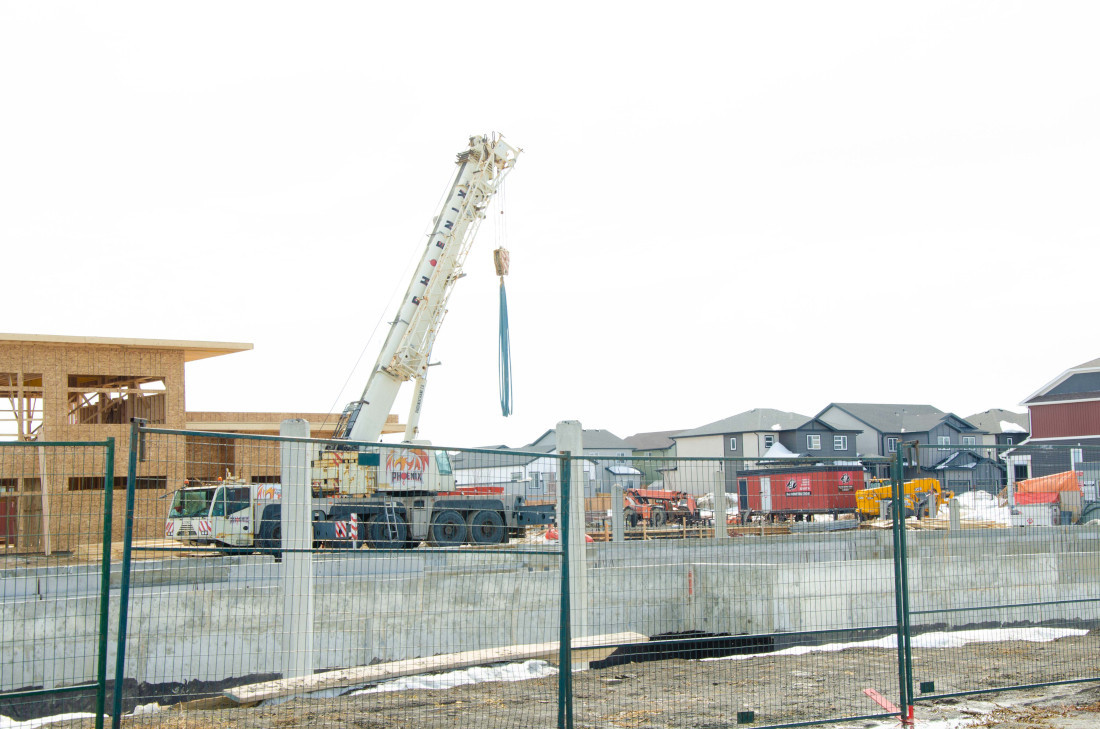Winnipeg’s urban sprawl
A look at causes, consequences and solutions
Winnipeg’s infrastructure and developments continue to sprawl outward from the city centre at a rate that far outpaces population growth. (Photo by Keeley Braunstein-Black)
Experts such as Mel Marginet, who works at the Green Action Centre, believe this should concern Winnipeggers. She says in an email to The Uniter that a “major fallout from our car-oriented sprawl is that (it) has ruined our transportation system.”
“Running a bus around loopy streets in sprawl development is very inefficient,” she says, adding that “anyone who lives on the edge of the city will tell you how impossible it is to use public transit.”
“Not only is this a huge financial burden for families, it also means that kids, teens, seniors and those who cannot drive are unable to do much of anything unless there is someone to drive them door to door,” Marginet says, adding that “most money people put into their vehicles leaves the local economy.”
Marginet says it is important to understand the historical context of urban and suburban development.
“Winnipeg, like most cities across North America, radically changed its growth pattern after the Second World War,” she says, explaining that city leadership “saw the ability to develop land on Winnipeg’s outer edge as a way to increase the tax base.”
While this was initially a successful formula, Marginet notes that “to make this type of growth sustainable, the amount of tax has to not only pay to maintain all of this new infrastructure, but to rebuild it once it crumbles.”
“The major problem is that once these issues began to reveal themselves, cities like Winnipeg didn’t adjust the growth pattern, nor the property-tax rate,” she says.
Dylon Martin is the spokesperson for Yes in My Backyard (YIMBY) Winnipeg, an organization that advocates “for an affordable and sustainable Winnipeg that grows up, not out.” He says residential infill housing (new housing in older neighbourhoods) has a lot of benefits and is a good alternative to outward expansion.
“It allows us to more optimally use our existing infrastructure, provides homes for people in areas where there’s already access to public transportation and amenities within walking distance and increases the livelihood of existing businesses so that they can survive and thrive in an area,” Martin says.
He adds that it can create a “diverse array of housing types within a neighbourhood, so that people of all ages, abilities and stages of life can find suitable housing for their needs.”
Martin is hopeful that these issues will come to the fore of public discourse in the upcoming municipal election, scheduled for Oct. 26.
“We at YIMBY Winnipeg are certainly going to try to ensure that (infill housing and urban development) is an election issue that people pay attention to come fall,” he says.
Published in Volume 76, Number 22 of The Uniter (March 23, 2022)






